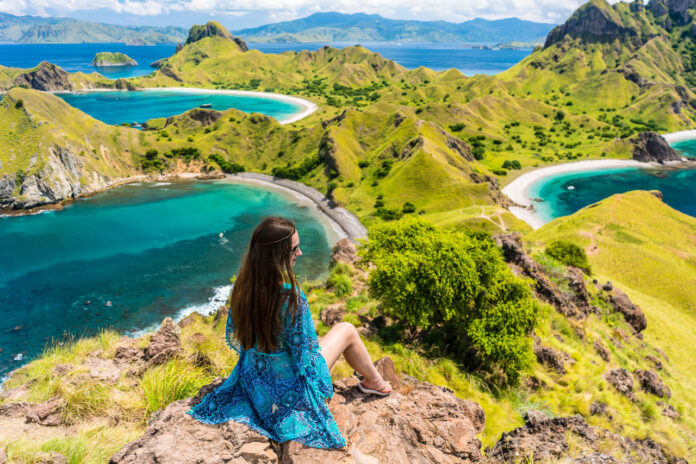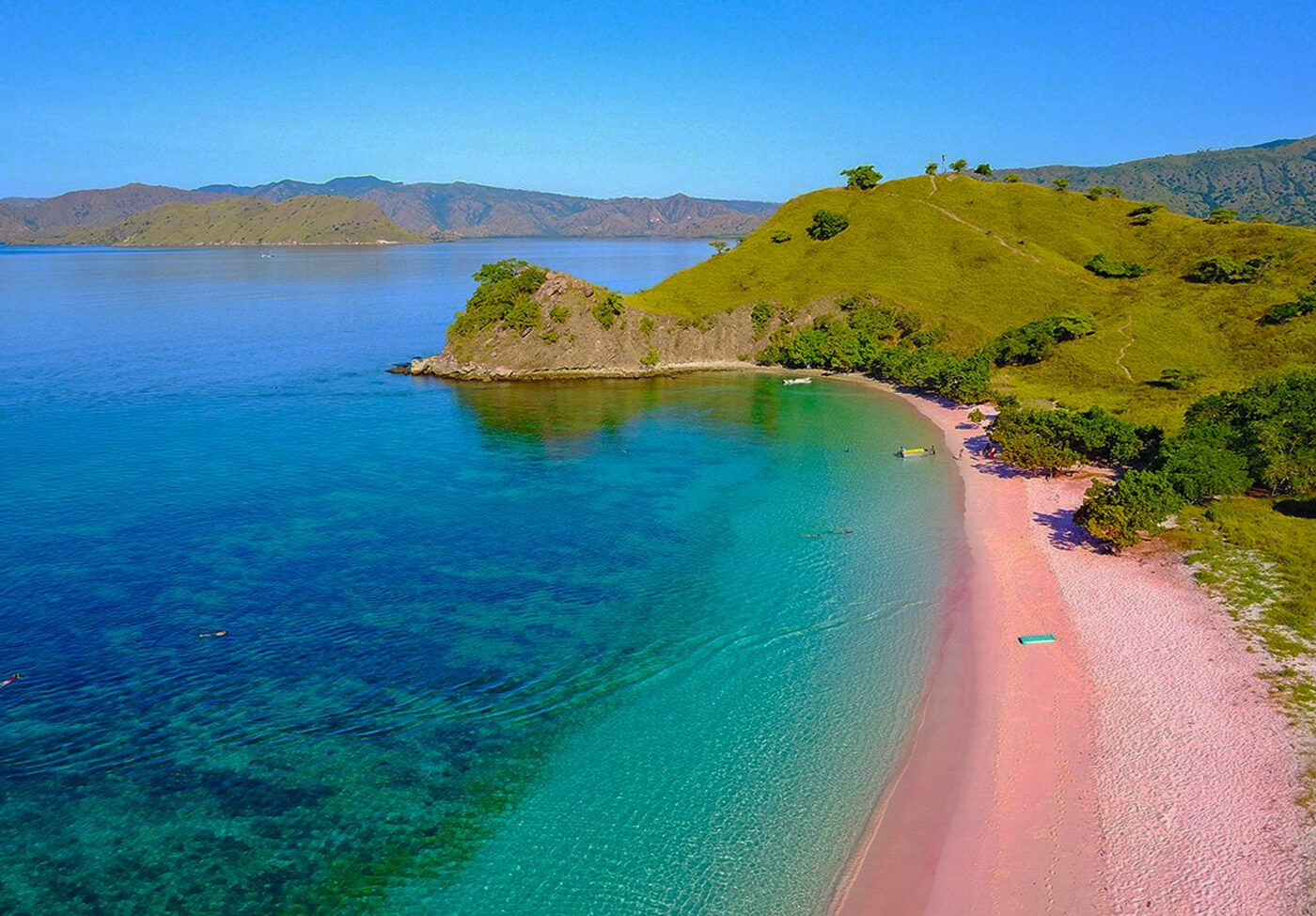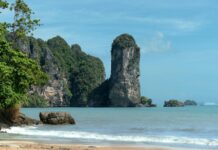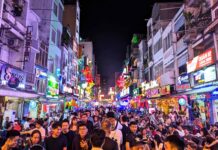Indonesia is famous for its turquoise waters, volcanic landscapes, and lush jungles, but few travelers realize it also hides a rare treasure: pink sand beaches. These unique stretches of coastline, colored by tiny fragments of red coral mixed with white sand, look almost surreal when the sunlight hits them.
For anyone planning an island escape, the question is not just what pink beaches are, but where exactly in Indonesia can you find them, and what’s the best way to experience them?
Why Indonesia’s Pink Beaches Are So Special
Walking on a pink sand beach feels like stepping into a dream. The hue isn’t artificially enhanced; it’s a natural result of foraminifera, tiny red organisms that live in coral reefs. When these fragments wash ashore and blend with white sand, the shoreline turns a rosy shade that changes with the light of day.
Indonesia, with its vast marine biodiversity, hosts some of the world’s most vivid pink beaches. They are not just visually stunning but also ecologically rich, surrounded by coral reefs perfect for snorkeling and waters warm enough for leisurely swims. Unlike the more common white or golden sands, pink beaches instantly make any trip feel extraordinary and exclusive.
Komodo Island ─ The Iconic Pink Beach
The most renowned pink beach in Indonesia lies within Komodo National Park. Here, the soft blush-colored sand stretches into crystal-clear water where reef life thrives just a few meters from the shore. It’s a hotspot for travelers, but thanks to the park’s protection efforts, it remains pristine and well-preserved.
For those who want more than a quick photo stop, consider exploring by yacht charter Indonesia. Services like Navelia Indonesia allow visitors to craft tailored itineraries, combining beach visits with snorkeling, diving, and even a chance to see Komodo dragons on guided treks. A yacht trip also means arriving before or after the tour groups, when the pink beach is quiet and at its most magical.
The Best Time to See Pink Beaches at Their Brightest
While pink sand has its charm year-round, timing makes a big difference. The dry season, typically between April and October, is when the colors appear most vivid. During this period, the seas are calmer, the skies clearer, and the light enhances the blush tones in the sand.
Mornings and late afternoons are particularly special, with softer lighting that brings out subtle shades of pink and gold. Midday visits, on the other hand, highlight the bright contrasts between sand, sea, and coral reefs, perfect for underwater photography.
Activities Beyond Sunbathing

Visiting a pink beach is not only about relaxing on unique sand. Most of these coastlines are backed by thriving coral reefs, meaning snorkeling and diving should be on every traveler’s list. The reefs teem with tropical fish, manta rays, and even the occasional turtle.
For hikers, islands like Padar combine a pink beach visit with short treks to panoramic viewpoints. Meanwhile, those visiting Komodo Island can combine beach time with wildlife encounters, spotting the world’s largest lizards in their natural environment.
If luxury and privacy are a priority, arriving by yacht allows for customized stops, onboard dining, and the chance to anchor overnight in quiet bays under the stars.
Why Pink Beaches Belong on Your Bucket List
Indonesia’s pink beaches are rare, fragile wonders that combine natural beauty with cultural and ecological significance. They’re not just pretty coastlines but places where the ocean’s biodiversity meets geological artistry. Whether you choose the famous Komodo pink beach or a quieter stretch in Lombok, the experience is bound to leave a lasting impression.
And perhaps that’s the true magic: standing on sand that glows with color, you realize you’re witnessing something both timeless and delicate, a natural gift that reminds you why travel is worth it.







